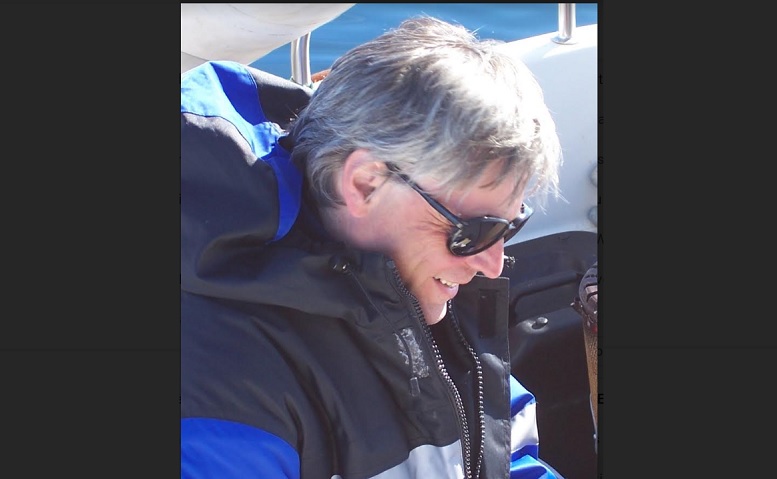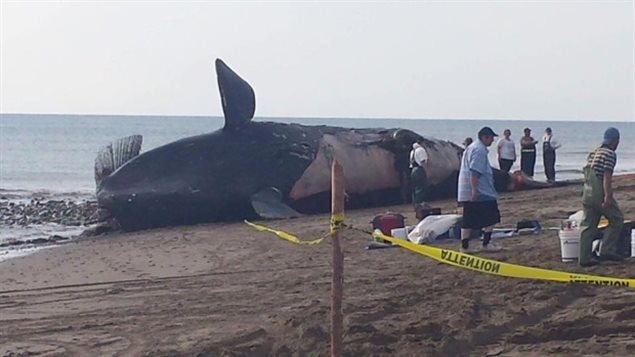
They’re known as the North Atlantic Right whales. That’s because for whalers in the age of sail, they were the “right” whale to hunt. Big and slow, and full of oil and baleen, and relatively close to coastlines, they were the easiest and best to catch and kill.
Thousands were killed an the species almost wiped out.
Now there are only a little over 400 left, and scientists are concerned about their future
Garry Stenson (PhD) Research Scientist and Head of the Marine Mammal Section at Fisheries and Oceans, Canada in St. John’s Newfoundland.
In 2017, a number of right whales were killed either by entanglement in fishing gear, or hit by ships. This was in part because the whales moved into the southern Gulf of St Lawrence which was not their typical summer grounds, and where there is heavy commercial shipping.

Garry Stenson (PhD), research scientist with the Department of Fisheries and Oceans. (supplied)
This sent shockwaves through the marine science circles, and then in 2018, another shock as no new calves were seen to replace the population.
As more whales were seen in the Gulf, the government of Canada instituted new rules to slow ships, and for fishermen to remove gear whenever a whale is reported. There were no whale deaths reported in Canadian waters last year.

One of several right whales found dead in 2017 in the Gulf of St. Lawrence. Necropsies suggested ship strikes for some, entanglements for others. (Joey-john Stewart/Facebook- via CBC)
This year a glimmer of hope as well as several calves have been spotted this year in their wintering grounds around in southern waters.
In the meantime, researchers are hard at work trying to learn more about the whales and their activities in hopes this will help in developing measure to ensure the long-term survival of the species.


